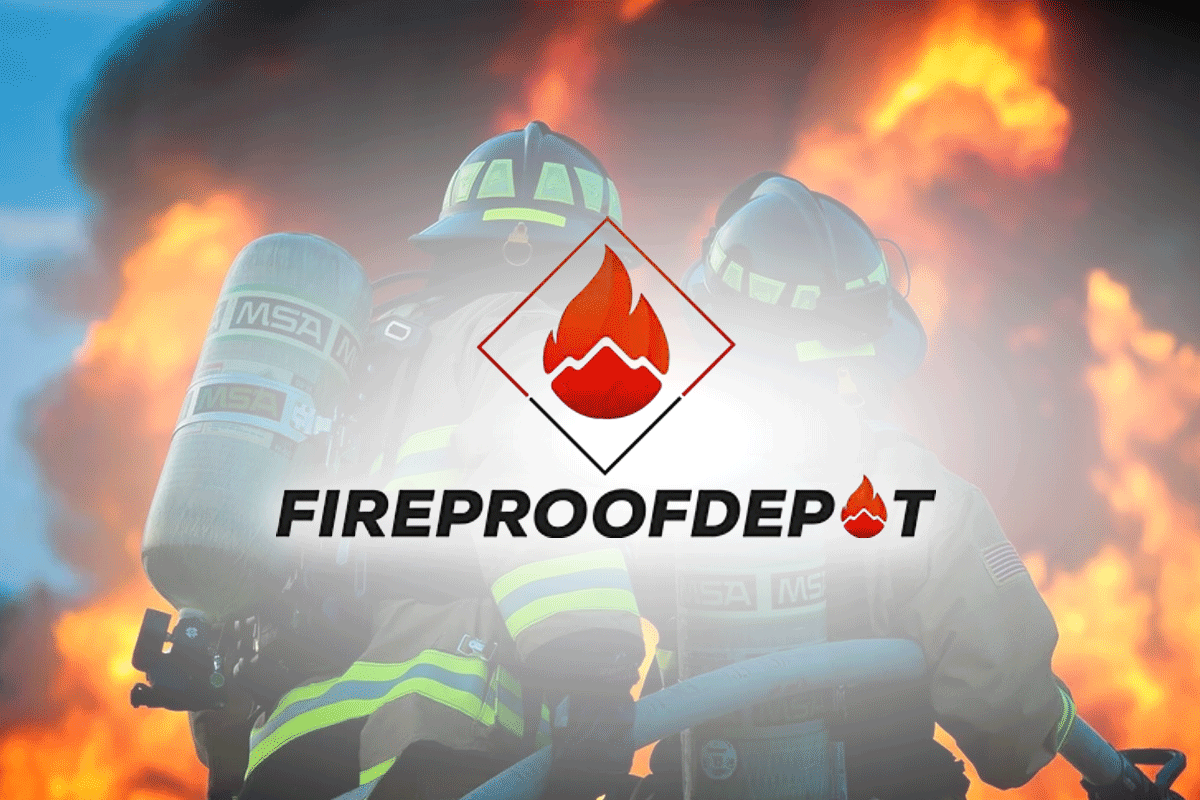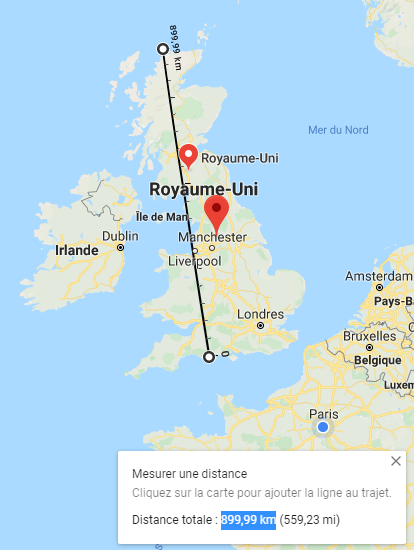- 6,999
- 1,349
why is the calcing method for turning a human to char different from incinerating a building?
Follow along with the video below to see how to install our site as a web app on your home screen.
Note: This feature may not be available in some browsers.
I guess because building composition and human body are different (?)why is the calcing method for turning a human to char different from incinerating a building?


Nah, we don't use modulus of elasticity, we exclusively use high-end compressive strength for pulverization.I was just trying to calculate the AP needed to destroy the blade of a bokken, when I came upon this article that made me question if the value for pulverization is correct. The values are in psi, but it makes mention of a modulus of elasticity.
It defines it as a measure of the stiffness of the wood. From what I can infer, the compression values for pulverization we use are the modulus of rupture, but I'm just wonder if that's really correct or not and we should actually be using the combined values of the modulus of elasticity and rupture for pulverization
Different chemical compositions and structure.why is the calcing method for turning a human to char different from incinerating a building?
Well, shouldn't the modulus of elasticity be overcome too?Nah, we don't use modulus of elasticity, we exclusively use high-end compressive strength for pulverization.
Not how pulverization works, you're effectively grinding the material to dust.Well, shouldn't the modulus of elasticity be overcome too?
Since you said that (sorry if this might derail the thread), mind looking at these two gifs? The value was originally calced for pulverization, but it is evident that the building isn't being crushed downward. Would it be fair to consider its material being stretched first?modulus of elasticity is for stretching things, not for crushing things
No, it's being turned to dust.
I meant it's stretched before turned to dustNo, it's being turned to dust.
It... isn't tho? It descends downwards and at best you could just call the dust floating into the air due to being reduced to smaller particles, fiction has effects like this all the time.I meant it's stretched before turned to dust
Yes, indeed. And many thanks to you too, @AntvasimaThank you to everybody who are helping out here.
For now, I think we'll hold off on this until we hear back from @Jasonsith. Let's move on.I cannot find the exact formula for running on water, and basically any help would be appreciated.
But on the other hand if you only want the revised speed value I believe I can force run the data using the web calculator by weekend or even Friday night.
Anyway, maybe we should get this one sufficiently evaluated and added to the RfCF page. Anyone else up to evaluating it?@Migue79 and I found the yield to be anywhere from Class 5 (If you take a poor-health guy like me) to Class 25 (Normal men arm) here, but more calc members need to evaluate it.
@DontTalkDT @Executor_N0 @Jasonsith @Spinosaurus75DinosaurFan
Already got evaluated by me and a bunch of other calc group members, but just for clarity's sake...Yes, indeed. And many thanks to you too, @Antvasima
For now, I think we'll hold off on this until we hear back from @Jasonsith. Let's move on.
Anyway, maybe we should get this one sufficiently evaluated and added to the RfCF page. Anyone else up to evaluating it?
Checks out math wise, I guess.Already got evaluated by me and a bunch of other calc group members, but just for clarity's sake...
@DontTalkDT @Spinosaurus75DinosaurFan @DemonGodMitchAubin
Also I got Class 5 for my own arm since I'm so thin and malnourished and not exactly of very good health (GOD ******* HELP ME I HAVE EXAMS IN ABOUT 9 DAYS)
In the thread where we were discussing this, Ugarik said the following here and here:Checks out math wise, I guess.
Wonder if this is an applicable feat for horses. Historically ripping out limbs apparently is a peak feat for them, as it sometimes worked and sometimes not.
Can it be added then?Checks out math wise, I guess.
Wonder if this is an applicable feat for horses. Historically ripping out limbs apparently is a peak feat for them, as it sometimes worked and sometimes not.
In the thread where we were discussing this, Ugarik said the following here and here:
"This is an extreme high end because in reality arn is only attached by few tendons and the muscles are quite thin were they attached to the bone.
Even using this oversimplified model, 20 cm is too wide."
"It's not as impresive as it seems. If you draw a free body diagram you can see that there's only 1 horse per limb. And a single horse can only pull with as much force as the friction with the ground provides.
Assuming a horse weights 1000 kg and the friction coefficient is 0.5 you only have 500 kgf per arm at most
To which Flashlight237 rebutted here:
"In which case you gotta account for net force. In this case, four forces are acting on one object. The idea of four forces canceling each other out like that, depending on how you look at it (whether it be one on each corner or two on each side), is impressive.
Even if we were to go off 500 kgf, the body would effectively be withstanding 2000 kgf at the center (and yes, the center does matter in physics)."

That doesn't sound good at all. I hope that you will be alright.Also I got Class 5 for my own arm since I'm so thin and malnourished and not exactly of very good health (GOD ******* HELP ME I HAVE EXAMS IN ABOUT 9 DAYS)

Alright, let's see if we can get this evaluated.
Speed required to run on water second redux
vsbattles.fandom.com
2nd redux only says 10.1 m/s horizontal travel speed (Peak Human) and foot striking speed of 13.6 m/s (Superhuman)
WIth 4 horses, one per limb, I guess the strength of 2 would essentially apply to each limb (the ones on opposite sides). So I guess half of it would apply to horses. Is that realistic? No idea. Is 20cm too wide? Possibly. I guess there is other stuff in the arm as well.In the thread where we were discussing this, Ugarik said the following here and here:
"This is an extreme high end because in reality arn is only attached by few tendons and the muscles are quite thin were they attached to the bone.
Even using this oversimplified model, 20 cm is too wide."
"It's not as impresive as it seems. If you draw a free body diagram you can see that there's only 1 horse per limb. And a single horse can only pull with as much force as the friction with the ground provides.
Assuming a horse weights 1000 kg and the friction coefficient is 0.5 you only have 500 kgf per arm at most
To which Flashlight237 rebutted here:
"In which case you gotta account for net force. In this case, four forces are acting on one object. The idea of four forces canceling each other out like that, depending on how you look at it (whether it be one on each corner or two on each side), is impressive.
Even if we were to go off 500 kgf, the body would effectively be withstanding 2000 kgf at the center (and yes, the center does matter in physics)."
I tried ghetto-measuring my arm width at the shoulder with a ruler and I got a 7 cm diameter. Not sure if that's accurate, because again, healthier people than me exist.WIth 4 horses, one per limb, I guess the strength of 2 would essentially apply to each limb (the ones on opposite sides). So I guess half of it would apply to horses. Is that realistic? No idea. Is 20cm too wide? Possibly. I guess there is other stuff in the arm as well.
Do I know a better method? Not really.
Why do you not add the 2x0.15m? For each step, the character will have to pull the foot out of the water (0.15m movement) take the step (0.725m movement) and push it back into the water (another 0.15m movement). So the 0.15m appears twice. And the character has to be able to move their legs that distance in the time for one step. That is kinda necessary.
Your value is too low for the character to also push and pull their legs in/out of the water in addition to moving them forward, no?
Alo, I just have been thinking: Shouldn't we use stride length instead of step length? Looking at the definitions in the source, stride length seems to be the value we are actually looking for.
First redux value: 13.9 m/s (Superhuman)
Second redux value: 13.6 m/s (Superhuman)
barely more than 1 m/s faster than Usain Bolt's running speed and he clearly ain't running on water

IMO, it is probably better to do calculations from scratch, I normally use google spreadsheet to make themThis goes back to the question: can we even trust the calculator? What even is the formula for floating and running on water? We should really actually dig back into the books of physics.
@Antvasima @Armorchompy Well, so far we haven't added...Not sure if I've posted this already, but here's a standard calc I made for the KE of a comet. Also, what accepted stuff needs to be added?
Do we really need these? They're all really specific. Not to mention some other calcs don't seem to be fully accepted.
- Energy required to freeze an entire galaxy
- The Energy of a Galaxy
- Speed Needed to Break Your Leg
- Vaporizing Spain
- Vaporising the entire atmosphere
- Vaporising a tank
- Energy to Vaporize a Car
- Energy Needed to Atomize The Great Pyramid of Giza
- Energy Needed to Atomize The Eiffel Tower
- Energy Needed to Atomize Cloud Gate
- Energy Required to Atomize New York State (Rough)
- Throwing a Bowling Ball
- Energy needed to shake planets at the edge of the universe
Yes, the specific ones should preferably be avoided.Do we really need these? They're all really specific. Not to mention some other calcs don't seem to be fully accepted.
Well, @DontTalkDT commented
@Armorchompy also gave his comment on the speed required to run on water.
This goes back to the question: can we even trust the calculator? What even is the formula for floating and running on water? We should really actually dig back into the books of physics. Sadly I am not a doctor in physics.
Alternatively: try looking into examples of real life objects that float on and run across water.
BTW: are running on water and running on walls actually other forms of "surface scaling"? If these are not even possible through sheer formulated physique then we can deem it as superpowers instead.
Force required to dismember a limb...

A page for reference of common feats by Jasonsith
vsbattles.fandom.com
This site says ripping out a head from a human body takes 5000 N to 15000 N.
Ripping out a spine from a human body takes 1000000 N of force.
Wonder if this count.
Which ones in particular?Do we really need these? They're all really specific. Not to mention some other calcs don't seem to be fully accepted.
The Durability needed to be bullet proof calc is definitely not accepted.@Antvasima @Armorchompy Well, so far we haven't added...
Also, I'd like to mention that @KLOL506 proposed different results to the Catching an Arrow thing.
- Lighting up Galaxies
- Energy required to freeze an entire galaxy
- The Energy of a Galaxy
- Speed Needed to Break Your Leg
- Typical fighting stats
- Vaporizing Spain
- Vaporization of Titanium Value
- Vaporising the entire atmosphere
- Vaporising a tank
- Energy to Vaporize a Car
- Energy Needed to Atomize The Great Pyramid of Giza
- Energy Needed to Atomize The Eiffel Tower
- Energy Needed to Atomize Cloud Gate
- Energy Required to Atomize New York State (Rough)
- Force needed to rip off the arm of a human
- Throwing a Bowling Ball
- Ripping off someone's jaw
- Common Volcano Eruptions
- Launching Someone into Space
- Exploding gas containers
- Energy needed to shake planets at the edge of the universe
- Durability Needed to be Bullet Proof
So, which of the ones can be added?The Durability needed to be bullet proof calc is definitely not accepted.
For the epxloding gas containers one, it should be noted that that is neither apploicable for the explosion nor for triggering the explosion. It is only for destroying the container and actually has nothing to do with exploding anything.
Most of these are still way too specific!@Antvasima @DontTalkDT @Armorchompy Okay, now so far we have...
Are there any others that shouldn't be added?
- Lighting up Galaxies
- Energy required to freeze an entire galaxy
- The Energy of a Galaxy
- Speed Needed to Break Your Leg
- Typical fighting stats
- Vaporizing Spain
- Vaporization of Titanium Value
- Vaporising the entire atmosphere
- Vaporising a tank
- Energy to Vaporize a Car
- Energy Needed to Atomize The Great Pyramid of Giza
- Energy Needed to Atomize The Eiffel Tower
- Energy Needed to Atomize Cloud Gate
- Energy Required to Atomize New York State (Rough)
- Force needed to rip off the arm of a human
- Throwing a Bowling Ball
- Ripping off someone's jaw
- Common Volcano Eruptions
- Launching Someone into Space
- Energy needed to shake planets at the edge of the universe